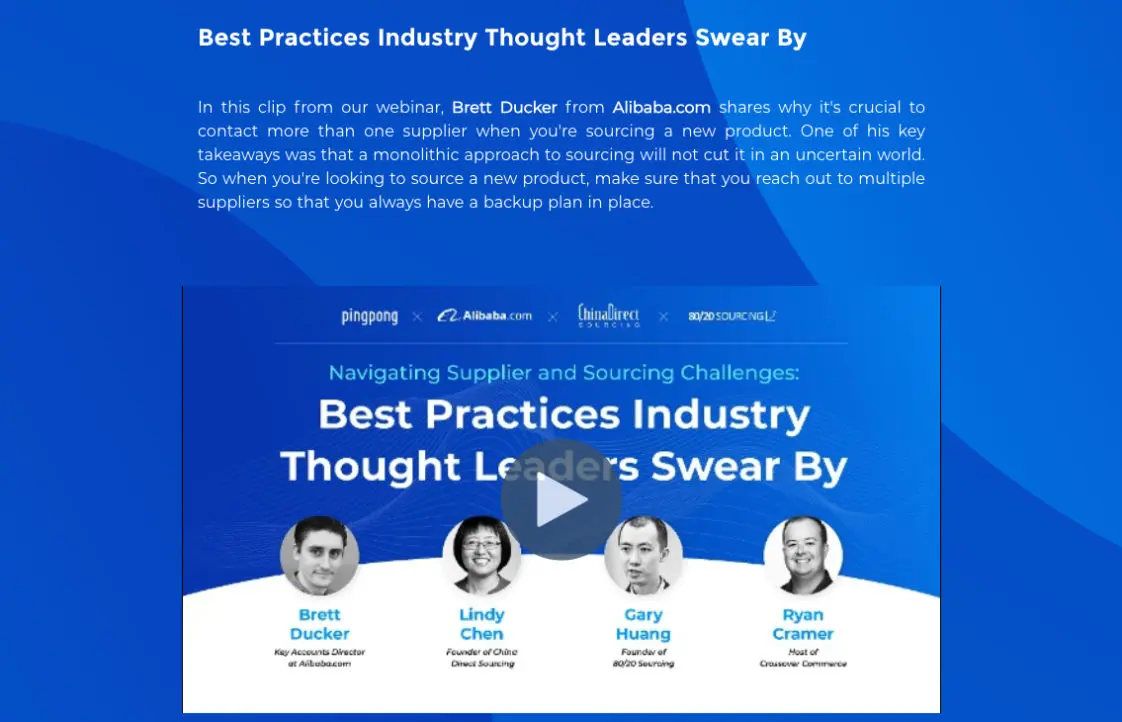
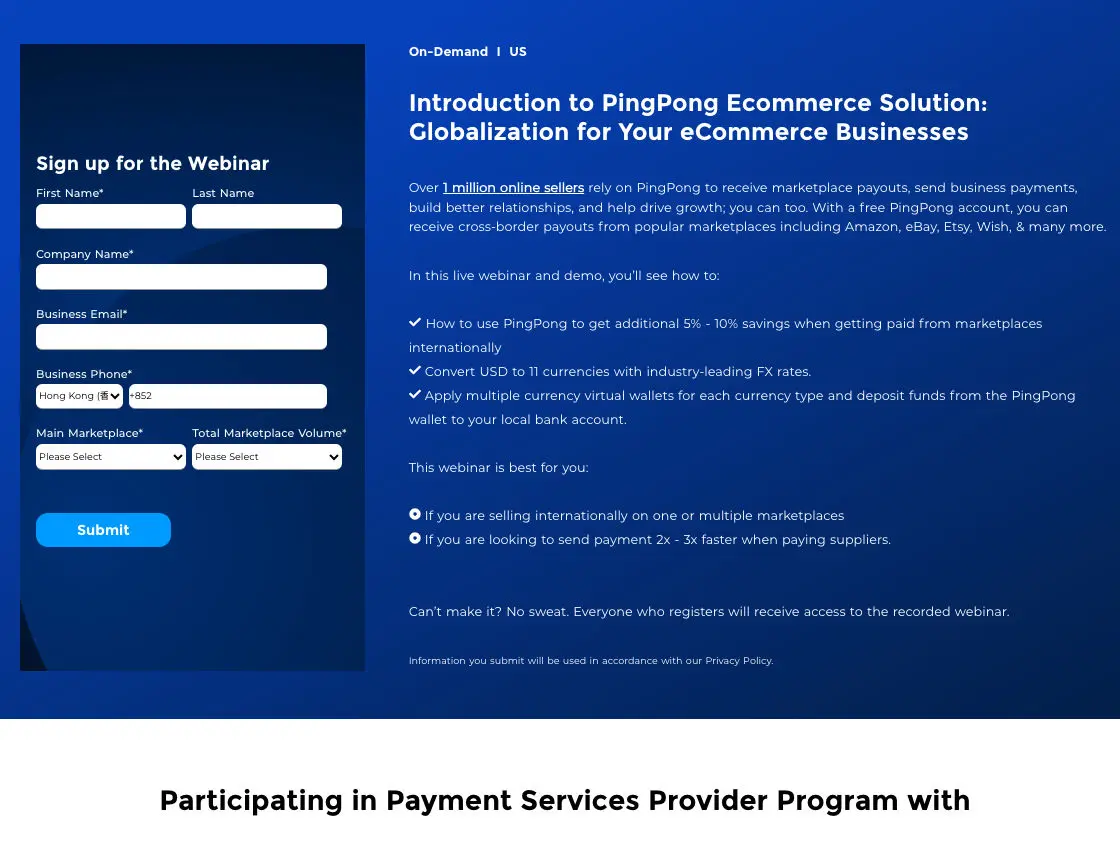
ABM isn’t about quick wins—it’s about creating a meaningful connection with target accounts. I like to think of it as the business equivalent of dating. You don’t propose on the first date, and the same logic applies to marketing. Start by providing value through educational content or helpful insights, and let your prospects get to know you first, and build trust and authority along the way.
For instance, I worked with a campaign targeting enterprise-level CFOs. Instead of running ads asking them to schedule demos, we began with a series of webinars addressing industry pain points, like navigating compliance in multi-region operations. The goal was to establish thought leadership and credibility. Over the next few months, we noticed significant engagement—webinar attendees began visiting our site more frequently, downloading additional resources, and eventually requesting demos.
Pro Tip: Use LinkedIn demographic data to track which accounts are engaging with your content. If they’re consuming your resources, that’s your signal to move them further down the funnel.


One of the most impactful ABM tactics I’ve used involves creating detailed dossiers for target accounts. Think of it as equipping your sales team with a cheat sheet on every prospect. A dossier includes:
Page behavior: Pages & linkedin page visited, time spent (and hotjar recording), and resources downloaded.
Ad engagement: Which ads or messages resonated most with the account.
Key objections: Concerns raised in past interactions or patterns common to their industry.
For example, Once I found out our audience showed consistent interest in blogs about cross-border payment delays. We added this insight to their dossier, enabling the sales team to craft a pitch that focused on solutions for faster international transactions. The result? A 20% higher meeting acceptance rate compared to generic outreach.
Tools like LinkedIn demographic reporting and session recording platforms (e.g., Hotjar) make gathering this information seamless, even if you’re not using high-end ABM platforms.
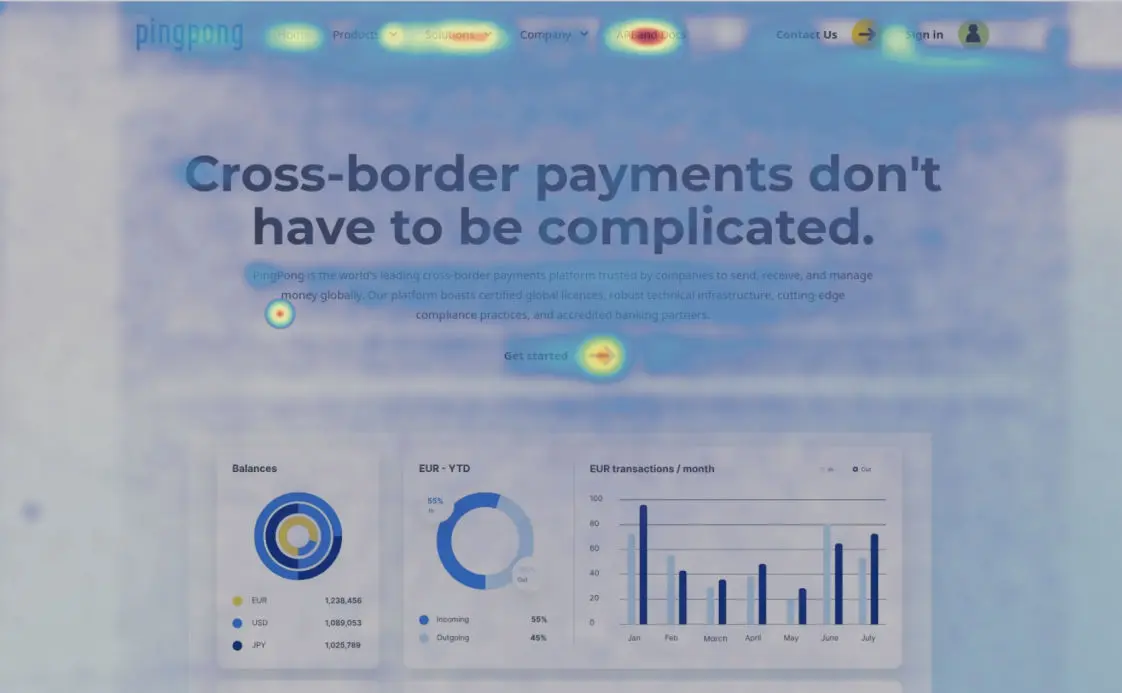
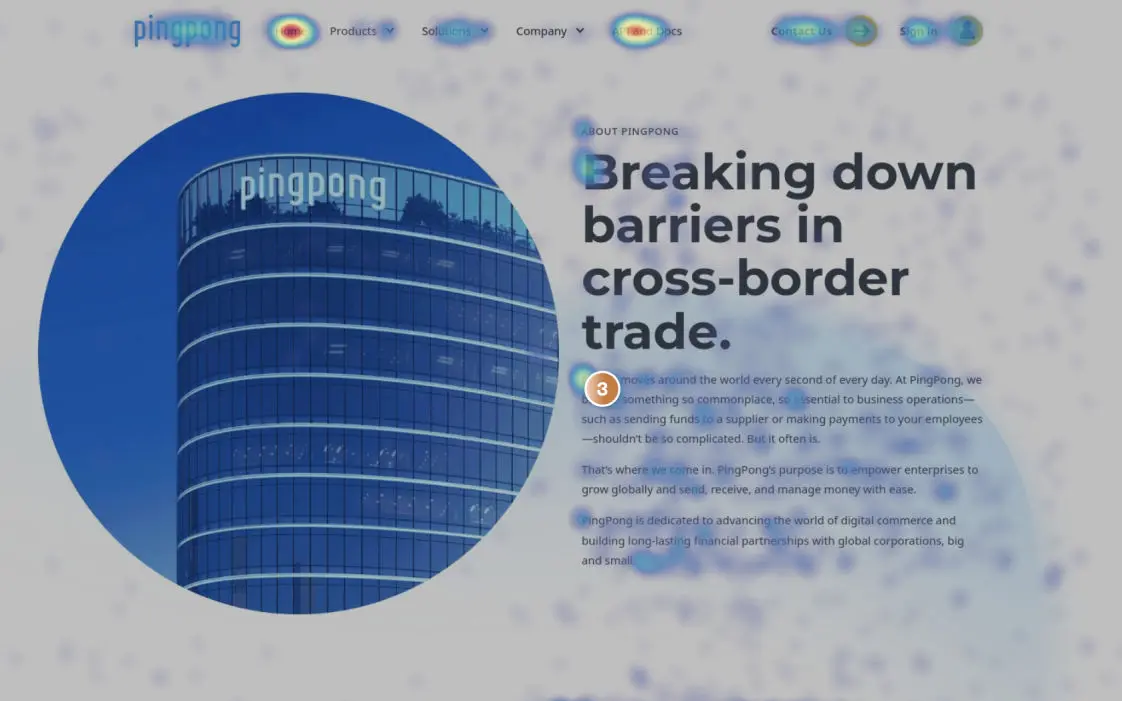
I’ve found it effective to run objection-specific campaigns in parallel to BD team ongoing outreach. Here’s how I do it:
1: Identify common objections through BD team feedback (e.g., “We need a secure payment platform” or “We are looking for something easy, cost-effective”).
2: Create tailored content, like LinkedIn ads, blog posts, or case studies, that address these concerns head-on.
3: Serve these ads to accounts actively engaged with your website or other resources.
A standout example involved addressing security for an CFOs. We created an ad series titled CFOs love our cross-border payment platform because... and paired it with a blog highlighting the how we conduct KYC and what is our secure process. Not only did this soften the resistance during BD calls, but it also boosted demo requests by 10% from hesitant accounts.
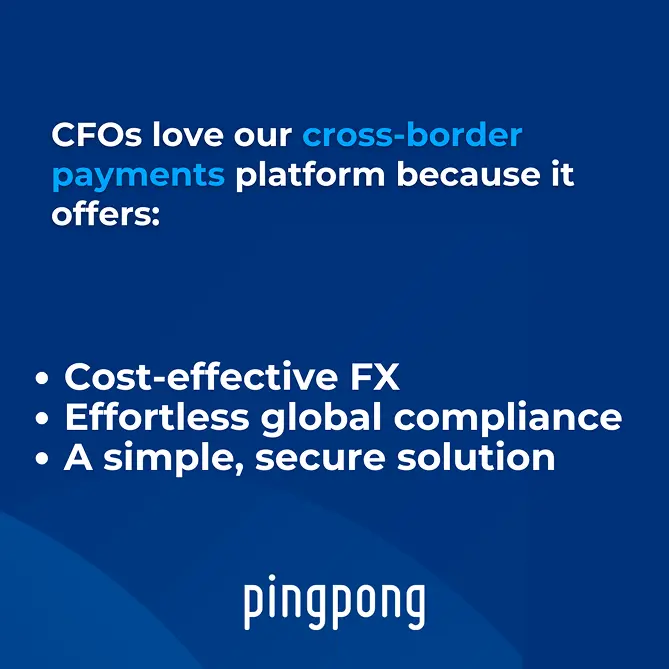
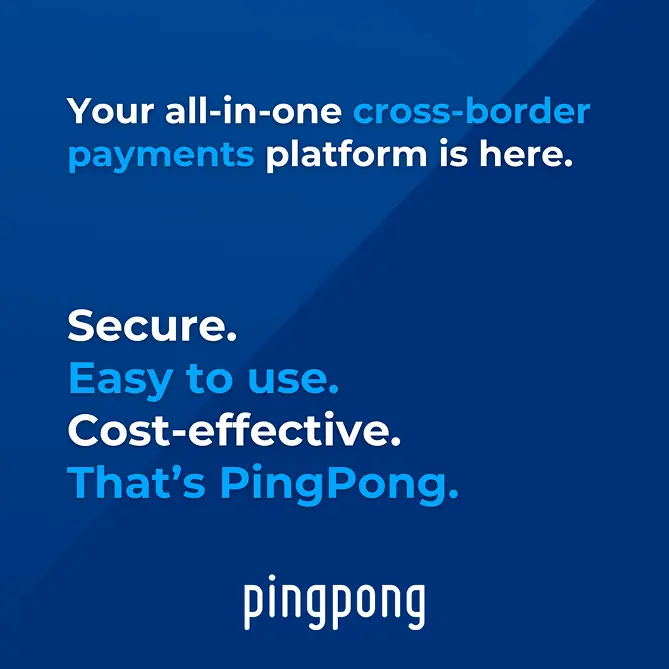
Another point I want to make is that the trap I see many marketers fall into: they collect tons of data without translating it into actionable insights. I call this the “So-What Factor.” Every metric you track should answer a clear question: So what does this mean for my strategy?
If a target account has seen your LinkedIn ads 20 times but hasn’t engaged, so what? It could mean your creative isn’t resonating, or the timing is off.
If a blog on your site gets significant traffic from a target industry but low conversion rates, so what? It might indicate the need for a more prominent CTA or a content refresh.
One campaign I managed y showed that accounts engaging with video content converted 30% faster than those consuming static content. Armed with this insight, we shifted our focus to producing more video-based case studies, yielding a 15% increase in SQLs within a quarter.